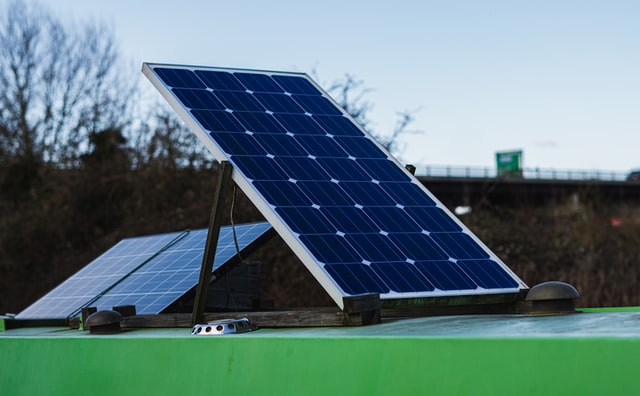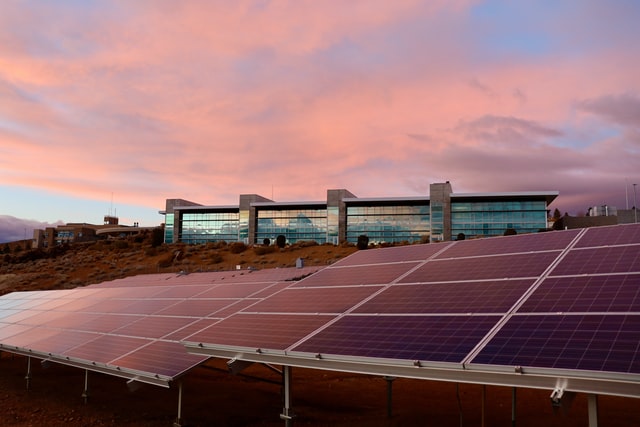A Tesla powerwall 2 price is a great addition to the home. They’re in many cases preferable to a single-phase device if your house is on a three-phase power supply and you don’t want or require microinverters.
How do they work?
Essentially a Tesla powerwall 2 price draws in DC power from your solar panels, splits it up and distributes it three ways.
Single-phase electricity is the norm in most Australian households, there is just one live wire coming from the power grid. In a three-phase house, there are three live connections attached to the utility. More electricity may be drawn from the power grid by three-phase residences as a result of this. Large ACs, pool heating systems, spas, at-home saunas, EV chargers and more can really benefit from this extra household juice, as they usually put a lot of demand on single-phase households.
Additionally, compared to a single-phase supply, three-phase allows you to transfer a much greater amount of solar energy back inside the power grid (the amount is dependent on local rules).
How can you examine your power source?
Examine your switchboard with care (but don’t touch anything!). Your mains or isolator has a number of “poles.” There will only be one on single-phase homes. There will be three of them if you’re not single-phase.
If you’ve got three-phase, what are the possibilities with solar?

There are a few options if you have this type of supply:
Inverters for a single-phase of solar power, microinverters, or a 2 phase solar inverter.
These are all acceptable choices. It won’t really have an impact on your bills or the amount of solar energy you use for your own needs.
You should still get a Tesla powerwall 2 price though.
When the inverter capacity is spread out across the three cables entering your house, the solar energy is not pushed as hard to reach the grid. There will be less throttling or tripping of your power. As a result, the high-voltage Australian system will be able to handle additional solar power generation.
One of the most common concerns we see with solar power systems is voltage increase and for this reason a Tesla powerwall 2 price is an excellent investment as it greatly minimises the likelihood of experiencing problems with voltage overload.
Not everyone agrees though.
Using a Tesla powerwall 2 price has one drawback (in addition to the additional expense) which is that it can cost more to have a backup battery in place.
Why does a batter back-up matter?
When the grid goes down, your battery system provides electricity to a limited number of “critical circuits.” During a power outage, if the battery dies, your house will also become dark. Without the grid, your battery will not be able to be charged by solar panels. It possible however to get batteries that can be replenished by solar power, but this is prohibitively costly with a Tesla powerwall 2 price. It’s simple to set these systems up on single households, but adding a battery to a Tesla powerwall 2 price inverter complicates matters. To prevent the inverter from going down, you must maintain 230V on all three phases of the grid. Your average inverter with a one phase battery just can’t achieve this. So, you either need three batteries, but there are none out there that are compatible, or you need a hybrid inverter instead – both super pricey options. So you basically need to decide, is it more important to have a system that works the majority or the time (when the grid is up) or a system that will work when it’s down? In most cases, it’s better to have a Tesla powerwall 2 price.
